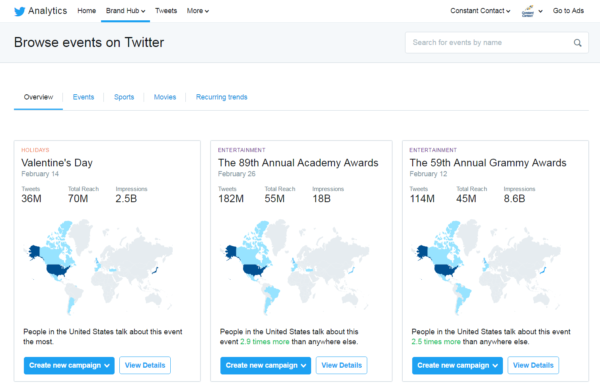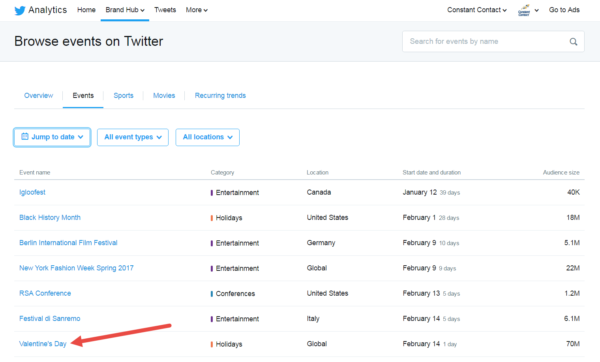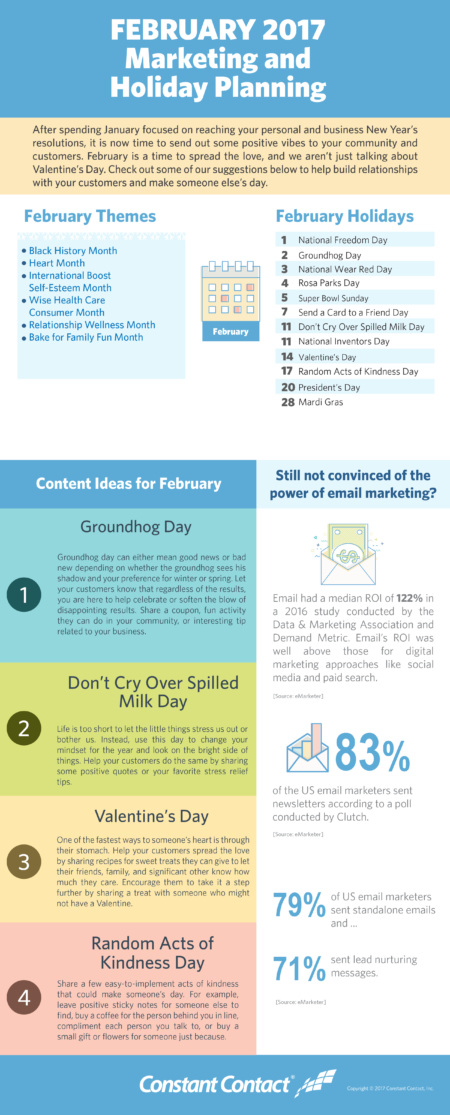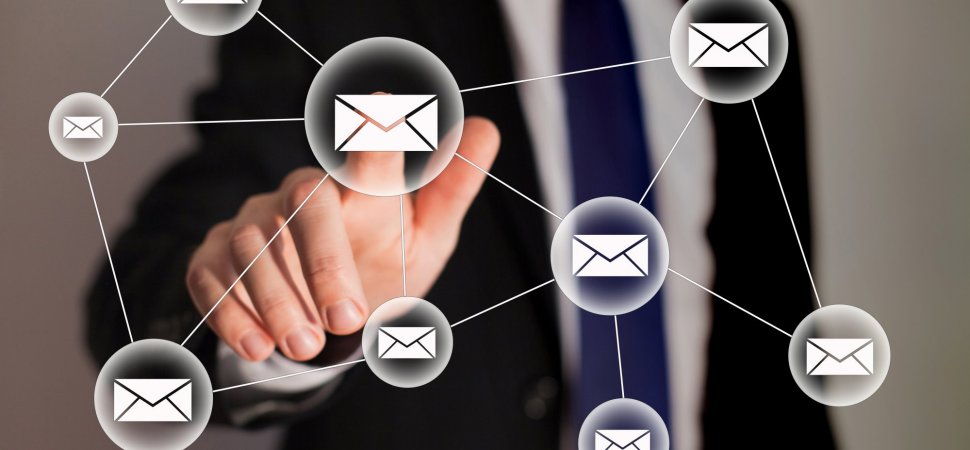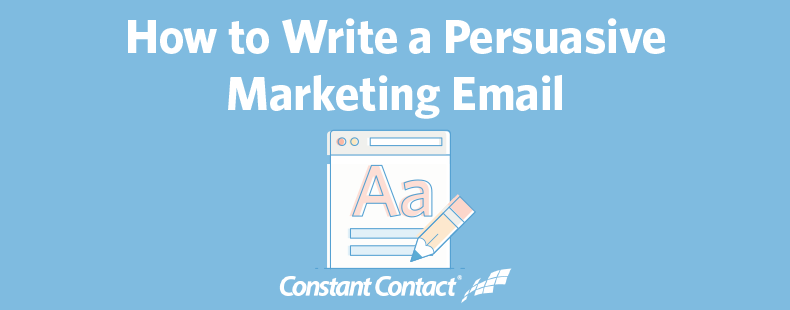How many times have you found yourself in the back room of a swanky uptown restaurant, readjusting your Sharpied-on name tag sticker and furtively glancing around the room looking for someone--anyone--who looks even vaguely familiar?
Maybe you pull out your pocket comfort device and start scrolling the time away; Maybe you slip out early with an exhale of relief. Even if you consider yourself an extravert who can deliver a killer elevator pitch, networking events can feel like they're eroding the last brittle piece of your soul.
When I first struck out on my own, I knew I needed to expand my circle, and fast. Beyond that, I needed to do so in a different state: I'm from Arizona. And in 2009--if you wanted to be in tech--you wanted to be in California.
There are few things more daunting than walking into a strange room, in a strange state and speed dating your way to a healthy LinkedIn profile. The fact is, no one can succeed at business alone.
Who you know in this world is even more important than the ideas you have, and building your network of peers, media outlets and potential partners is vital. Still, the act of 'networking' turns so many people off -- here's what got me through it.
Have a plan
Start valuing the quality of your connections and focus on making introductions that matter. Make a list of people who would have value to you, but more importantly, that you can also add value to, and plan your attendance where they will be. Advice I read is to "get out there and shake as many hands as possible," which to me is as pointless as sending out as many cold emails as possible.There has to be an element of trust in the room already or else these cold handshakes will just be limp attempts to force a relationship. I chose to start going to software user groups as I could help them for free, in a controlled setting and ultimately they made up the audience I was trying to sell into. After the first event I attended I walked away with three customers and a critical partner.
Birds of a Feather
But alright, I'll acquiesce that you sometimes have to put yourself in the uncomfortable position of rubbing elbows where you simply don't know the attendee list.The key is to make absolutely sure you're attending the right event. Would you potentially make more valuable connections at a large gala where you're wined and dined, or at a small roundtable with five leaders in the same position as you? No matter your seniority or status, your goals when networking should be focused on mentoring and learning. Do not focus on selling!
Create Backchannels
Larger circles always start with a few key connections. Therefore, create relationships based on going the extra mile for those key gatekeepers you meet. Make it your goal to make these connections feel that they are the most important person in the world.We send physical gifts to connections we want to foster as a way of breaking through. After you have forged the relationship you can leverage that to navigate into other circles. That's why I hate blanket networking events and try not to send my employees to them. If I can turn to one of these relationships and get an introduction made via LinkedIn, that's critical. Nothing is more powerful than a referral because it breaks the trust barrier.
Cheat
Get the attendee list. Even if this is just the list of companies who will be in attendance, use it to lay the groundwork for a successful event. You'd be surprised at how many times reaching out directly to the event leader will yield this info. Just make sure to do it verbally - I marvel at the usage of email in these personal exchanges - pick up the phone and call someone.If you can't negotiate it from the host, start calling attendees you know to see if they have insight. Ultimately, you're trying to get information you can use to introduce yourself prior in a digital format. When I meet someone for the first time and they don't respond with that familiar exclamation, "Hey! Yeah, we just connected on LinkedIn," then I haven't done my job right.
Go Higher
For C-suiters, treat networking groups like a working social hour. Curate your own small group of five or so executives to meet regularly to sit down with the stated goal of helping each other work through problems. Even if you don't all come from the same industry, you'll see how universal business problems can be.Time is sensitive, but having a trusted growth advisory board or leadership council that can empathize with similar experiences (and stick to a regular schedule) can do wonders for your organization.
Test the Waters
Despite your best efforts to network the right way and call on friends and acquaintances to make introductions, your employer might burden you with mandatory group attendance. Make the most of it.Even if it means trying out ten groups or events, keep going until you discover which is the right one for you. If you're not sure where to start, ask your boss what exactly they hope you get out of the experience and what they expect you to bring back, and marry that with your own ideas about what you need for personal growth.
Networking is a necessary evil in today's climate, and a bit of an enigma for many young entrepreneurs and seasoned CEOs who haven't been in practice in a while. Before you curse your next networking event, take a deep breath, stick to your goals and remember, it's all about who you know.
Image Credit: Getty Images
Source: http://www.inc.com
ABOUT WNFP
Westchester Networking for Professionals (WNFP) is a business networking association dedicated to helping small businesses and entrepreneurs develop, expand and grow. We offer affordable opportunities to help create a positive impact and advancement in your business interests and personal quality of life to take you to the next level.
Stay Connected with WNFP!















